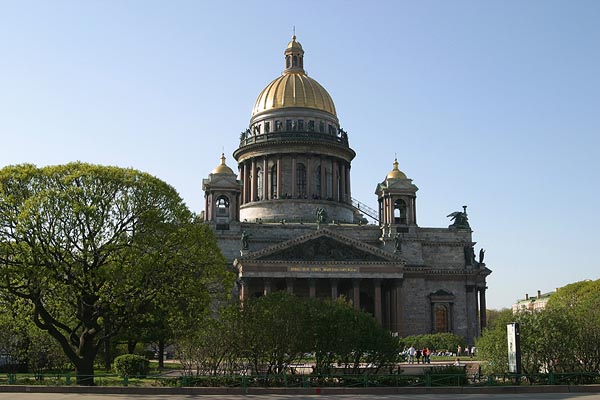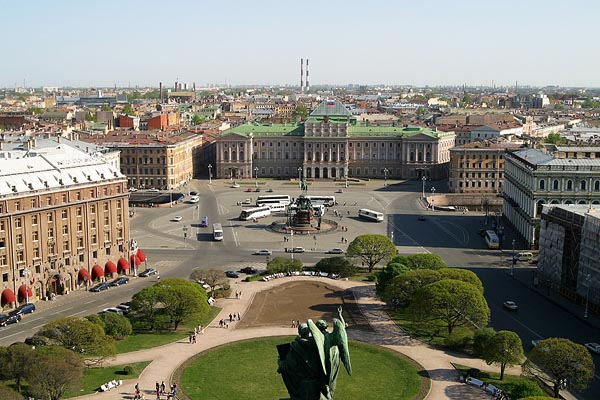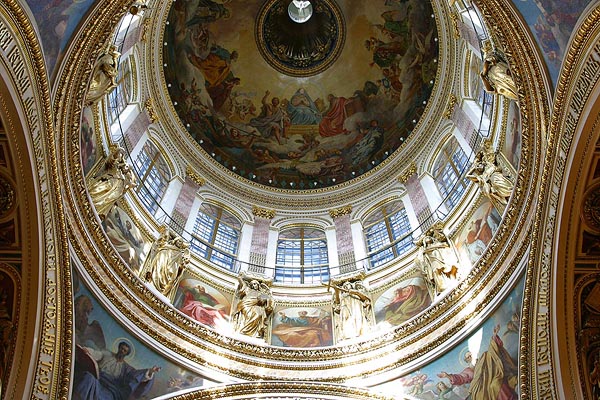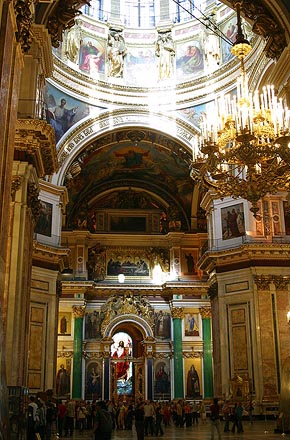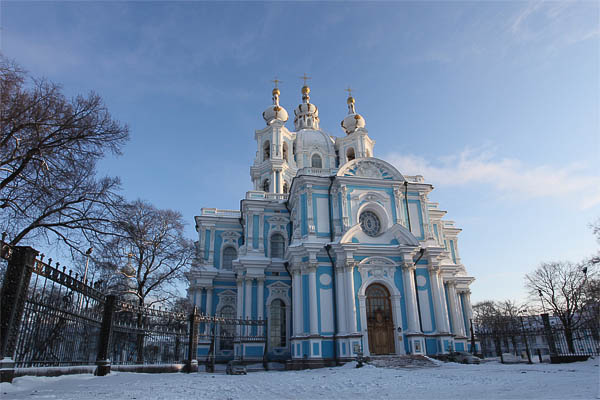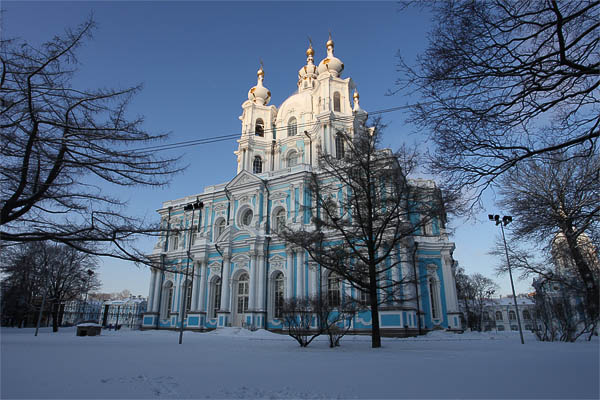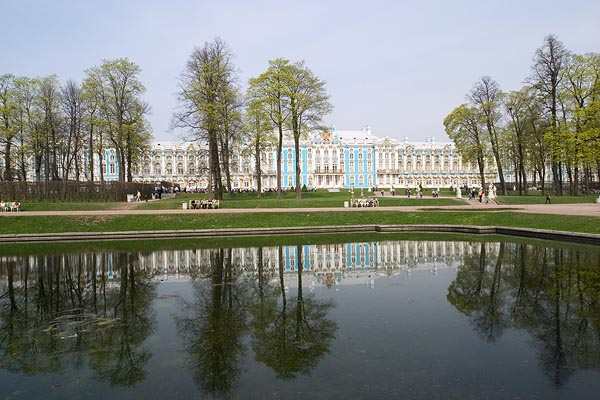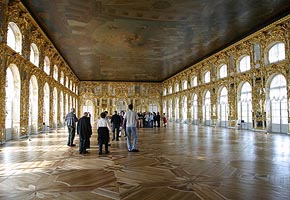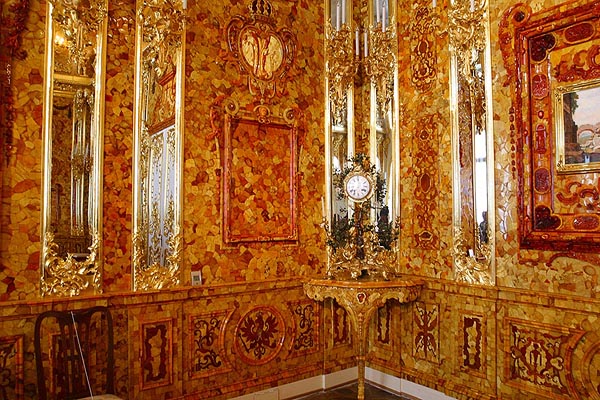St. PetersburgThe Hermitage, St. Petersburg2004-05 (C) Seiji Yoshimoto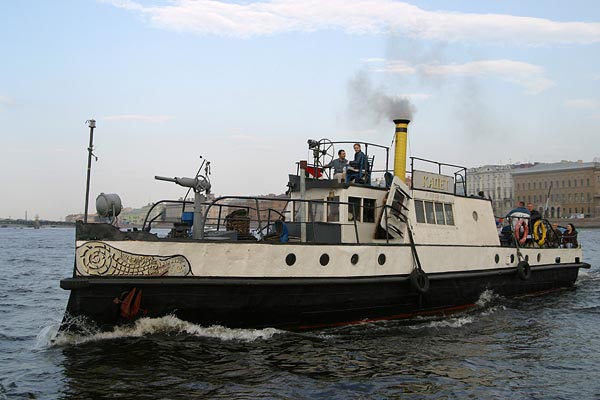 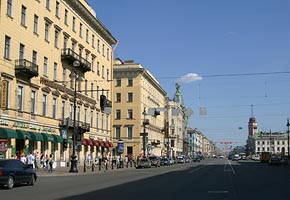 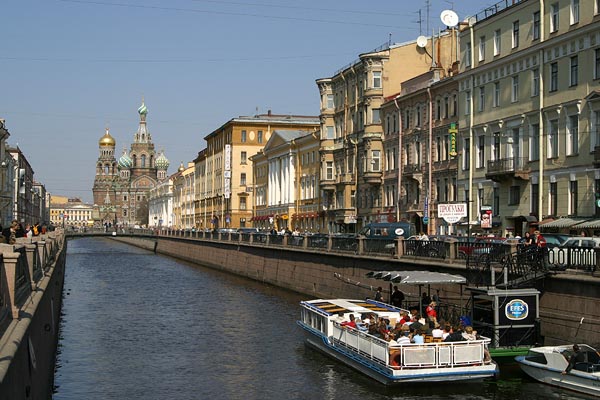 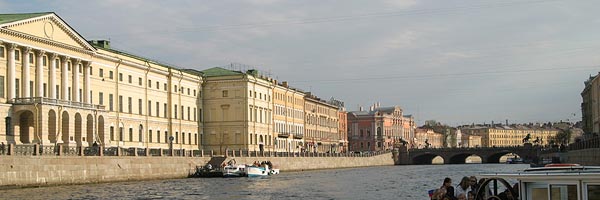 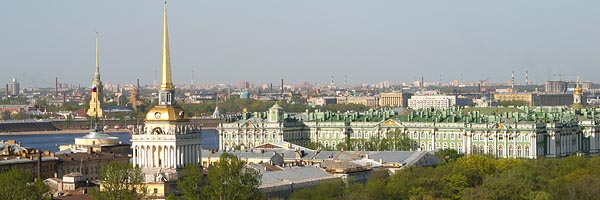 Neva River, St. Petersburg2004-05 (C) Seiji YoshimotoNeva River, St. Petersburg2004-05 (C) Seiji Yoshimoto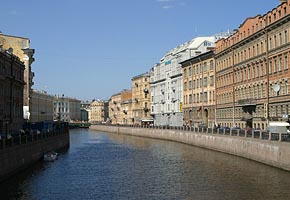 Cruiser Aurora, St. Petersburg2011-01 (C) Seiji Yoshimoto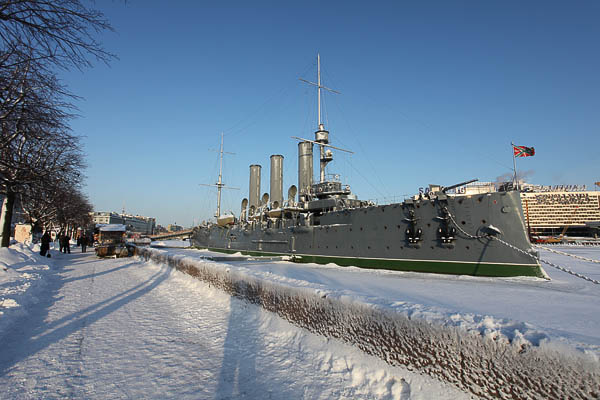 St. Petersburg2004-05 (C) Seiji YoshimotoNevsky Prospec, St. Petersburg2004-05 (C) Seiji Yoshimoto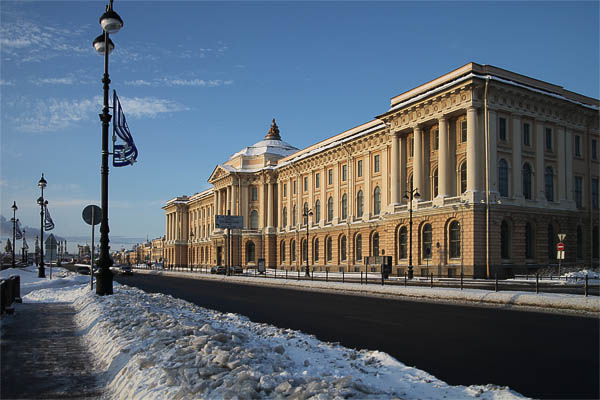 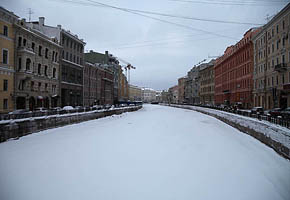 St. Petersburg2011-01 (C) Seiji Yoshimoto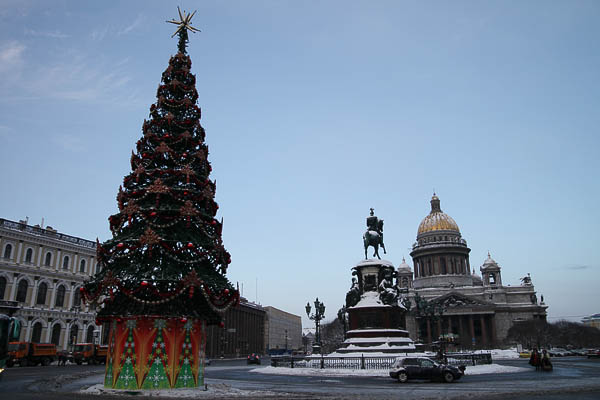 Academy of Fine Arts Museum, St. Petersburg2011-01 (C) Seiji Yoshimoto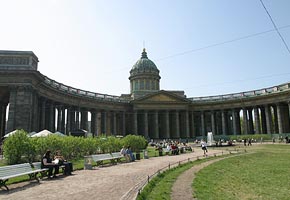 St. Nicholas's Naval Cathedral, St. Petersburg2011-01 (C) Seiji Yoshimoto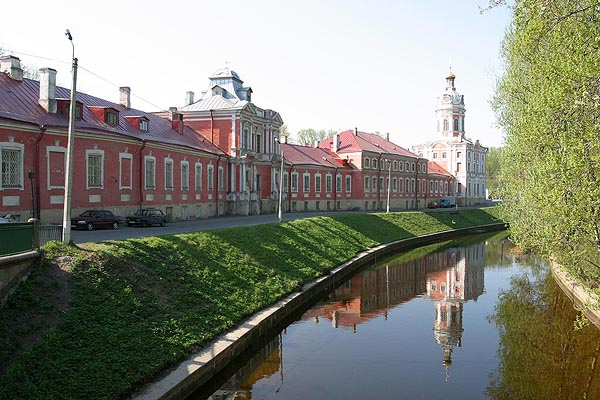 Revival Church on Spilled Blood, St. Petersburg2004-05 (C) Seiji YoshimotoThe Hermitage, St. Petersburg2004-05 (C) Seiji YoshimotoSt. Isaac's Cathedral, St. Petersburg2011-01 (C) Seiji YoshimotoMariinsky Theatre, St. Petersburg2004-05 (C) Seiji Yoshimoto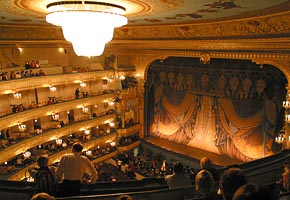 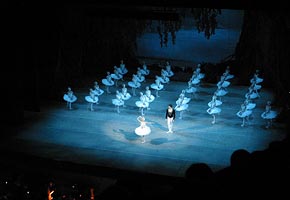 Mariinsky Theatre, St. Petersburg2004-05 (C) Seiji Yoshimoto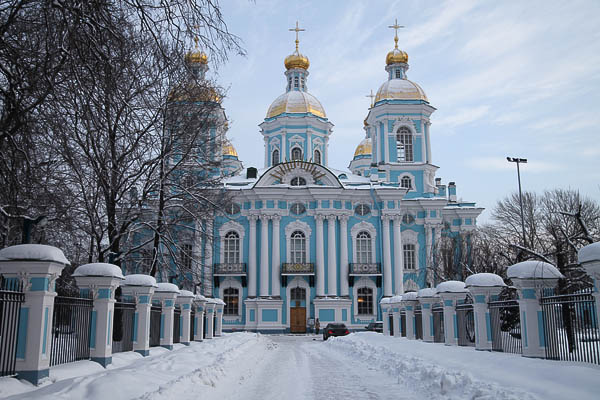 St. Petersburg2004-05 (C) Seiji Yoshimoto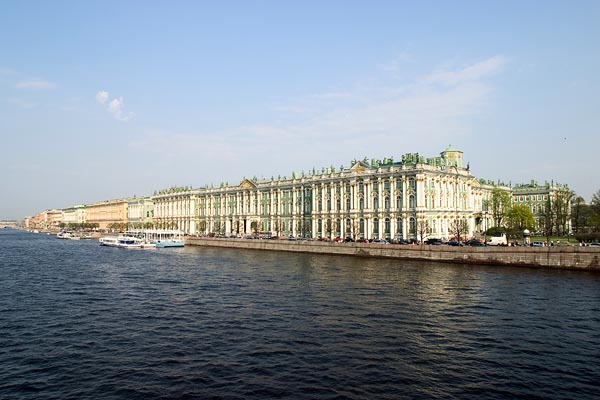  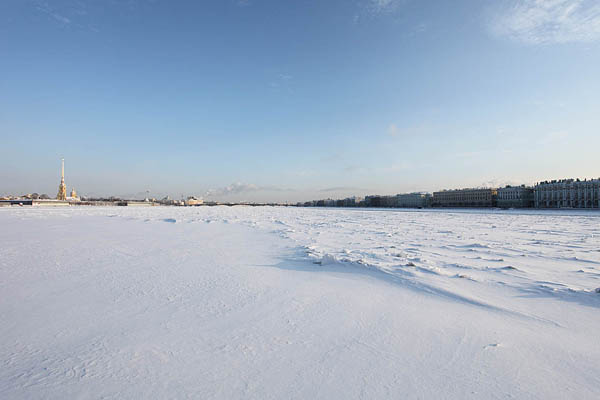 Neva River in winter, St. Petersburg2011-01 (C) Seiji Yoshimoto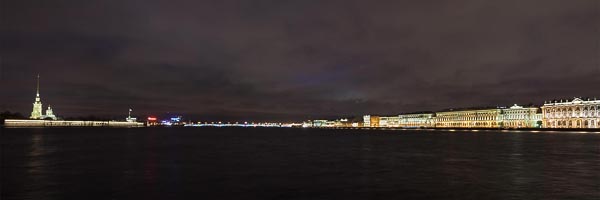 Neva River in the night, St. Petersburg2009-11 (C) Seiji Yoshimoto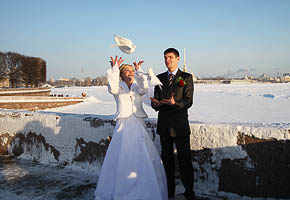 St. Petersburg2011-01 (C) Seiji Yoshimoto |
St. PetersburgSaint-Petersburg is the cultural and historical center of Russia.
Saint-Petersburg is the northernmost major city of the world (located at 59°57' Latitude North) with the population of 4.7 million people. The city is planted at the mouth of the Neva River, the city's main waterway, and across the islands on the coast of the Finnish Gulf of the Baltic Sea. St. Petersburg is a beautiful and fascinating city: one of the most intriguing and historically significant cities in Europe.
Cruiser Aurora was constructed in 1897-1900 at the New Admiralty shipyard. Aurora was part of the Russian 2nd Pacific Squadron formed from the Russian Baltic Fleet under the command of Vice-Admiral Rozhestvenski and participated in the Tsushima battle.
|
|||||||||||||||||||||||||||||
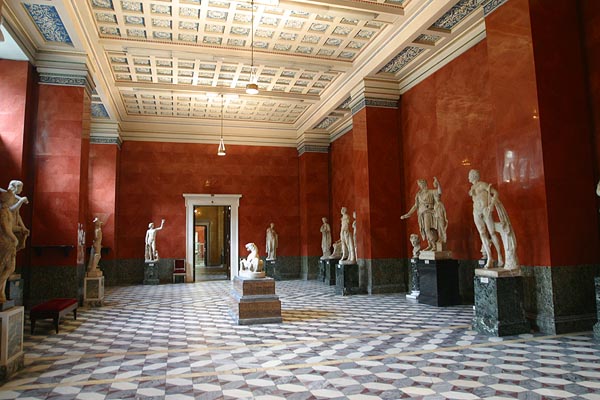 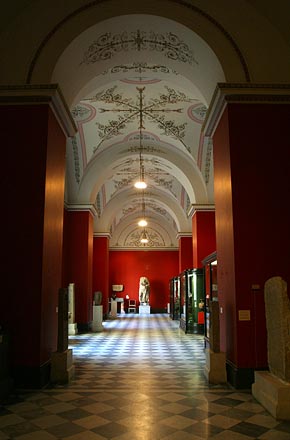 The Hermitage, St. Petersburg2004-05 (C) Seiji YoshimotoThe Hermitage, St. Petersburg2004-05 (C) Seiji Yoshimoto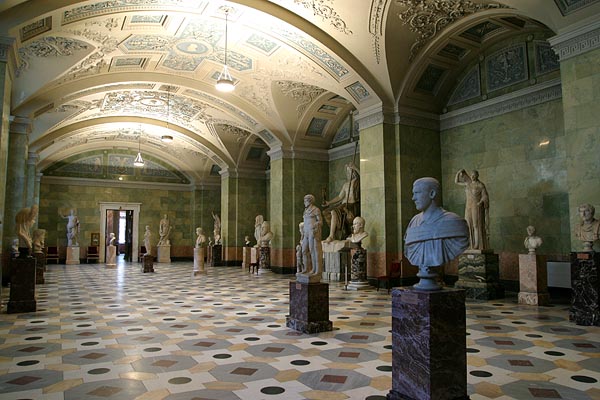 The Hermitage, St. Petersburg2004-05 (C) Seiji Yoshimoto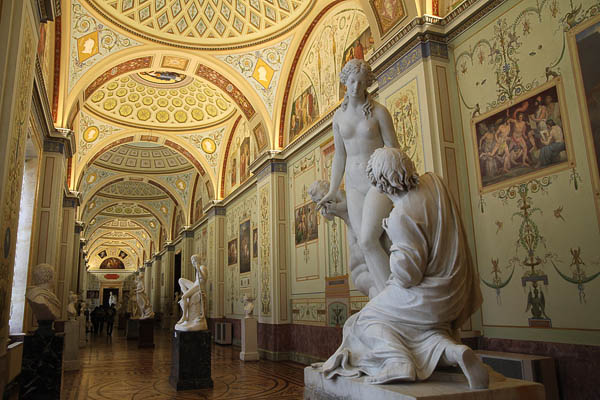 The Hermitage, St. Petersburg2011-01 (C) Seiji Yoshimoto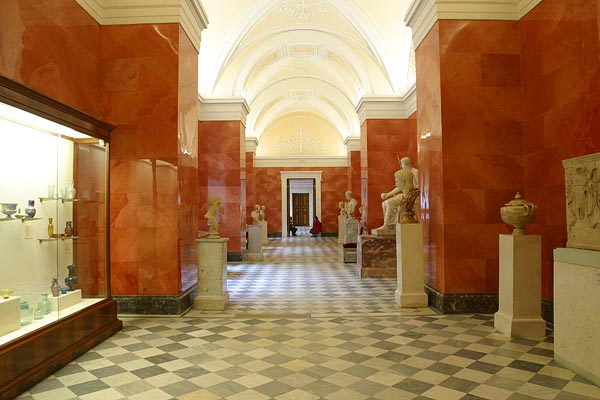 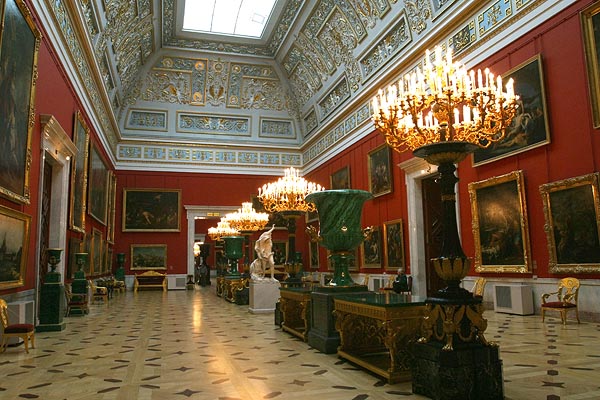 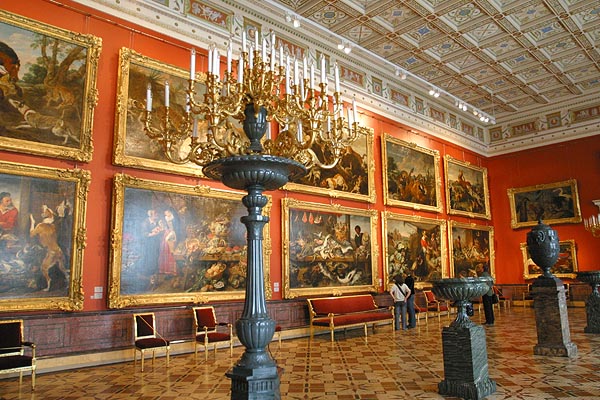 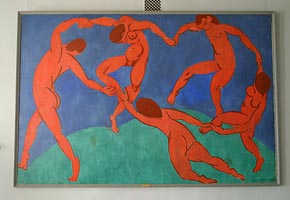 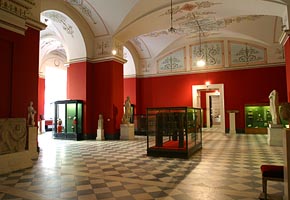 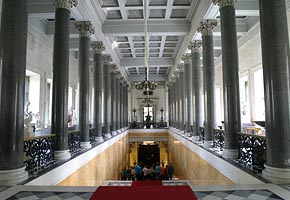 The Hermitage, St. Petersburg2004-05 (C) Seiji YoshimotoThe Hermitage, St. Petersburg2004-05 (C) Seiji YoshimotoThe Hermitage, St. Petersburg2004-05 (C) Seiji YoshimotoThe Hermitage, St. Petersburg2004-05 (C) Seiji YoshimotoThe Hermitage, St. Petersburg2004-05 (C) Seiji YoshimotoThe Hermitage, St. Petersburg2004-05 (C) Seiji Yoshimoto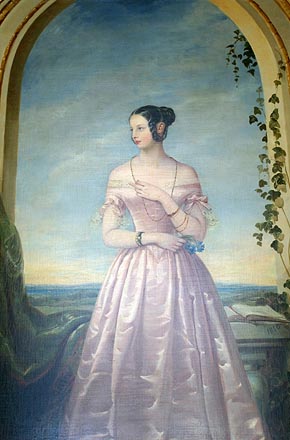 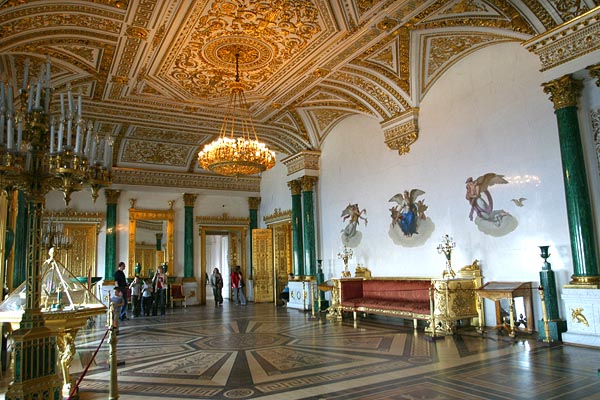 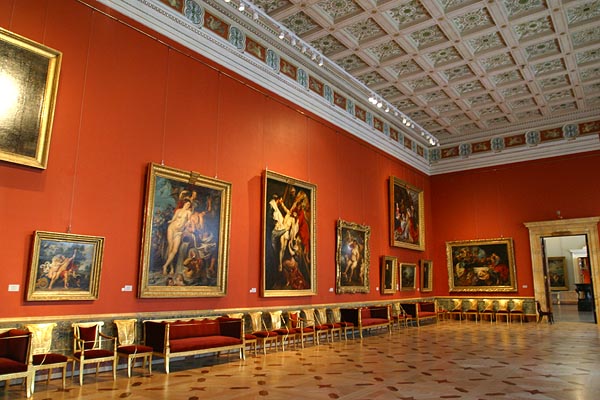 The Hermitage, St. Petersburg2004-05 (C) Seiji YoshimotoThe Hermitage, St. Petersburg2004-05 (C) Seiji YoshimotoThe Hermitage, St. Petersburg2004-05 (C) Seiji Yoshimoto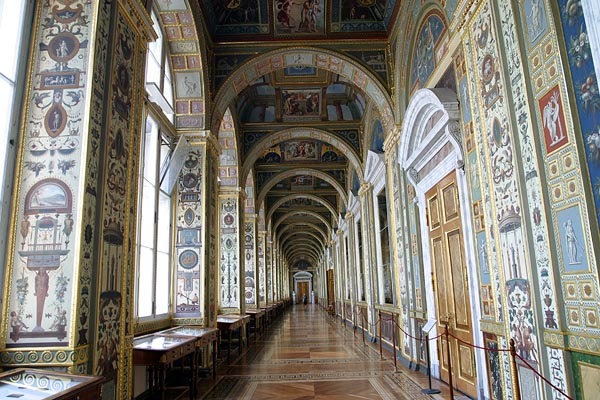 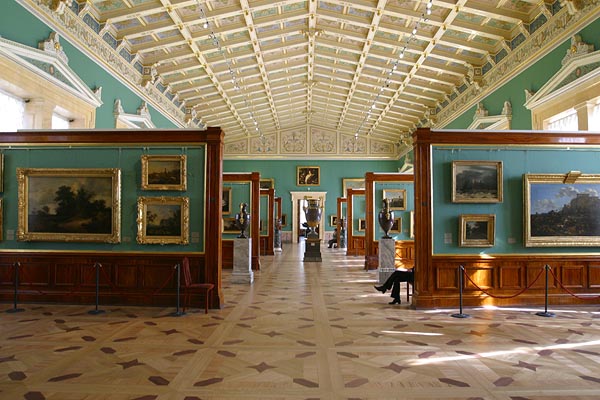 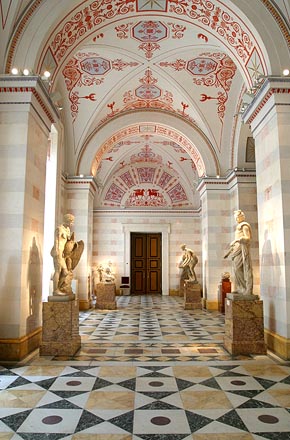 The Hermitage, St. Petersburg2004-05 (C) Seiji YoshimotoThe Hermitage, St. Petersburg2004-05 (C) Seiji YoshimotoThe Hermitage, St. Petersburg2004-05 (C) Seiji YoshimotoThe Hermitage, St. Petersburg2004-05 (C) Seiji YoshimotoThe Hermitage, St. Petersburg2004-05 (C) Seiji YoshimotoThe Hermitage, St. Petersburg2004-05 (C) Seiji Yoshimoto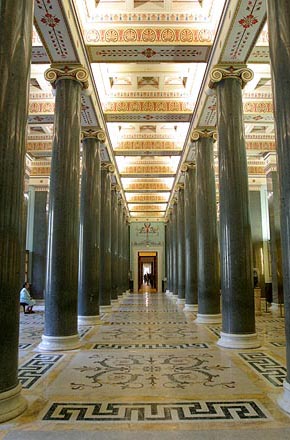 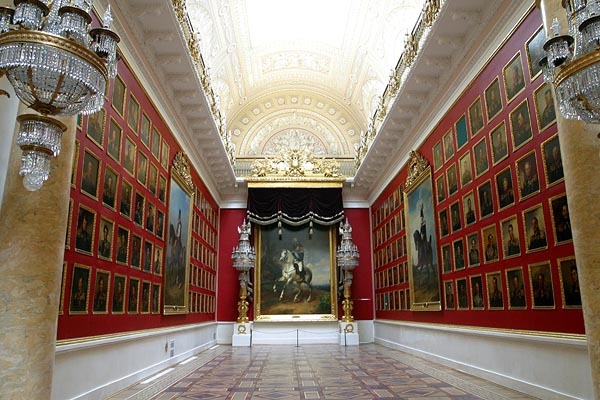 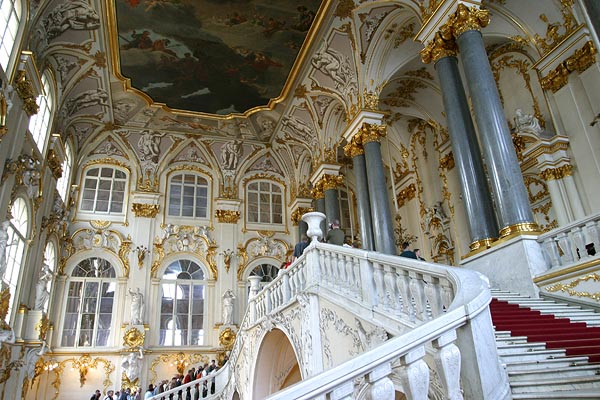 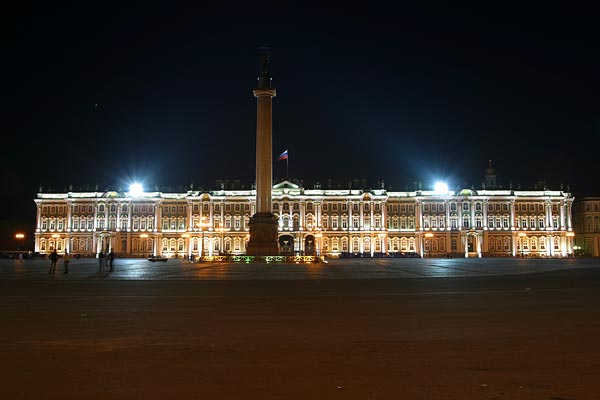 The Hermitage, St. Petersburg2004-05 (C) Seiji YoshimotoThe Hermitage, St. Petersburg2004-05 (C) Seiji Yoshimoto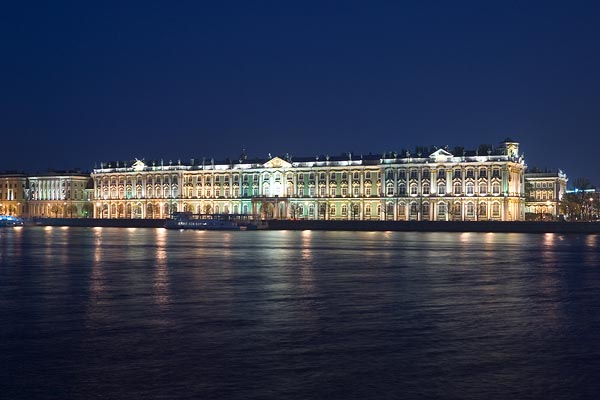 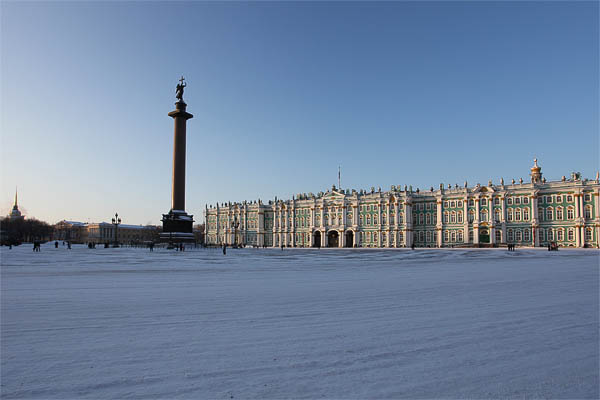 |
The HermitageThe Hermitage is one of the most important art museums in the world with about 3 million item collections. The major part of the museum building was the Winter Palace of Russian emperors, designed by Bartolommeo Rastrelli and built in in 1762. The interiors of the museum are decolated by remarkable archtects in 18th and 19th century. |
|||||||||||||||||||||||||||||
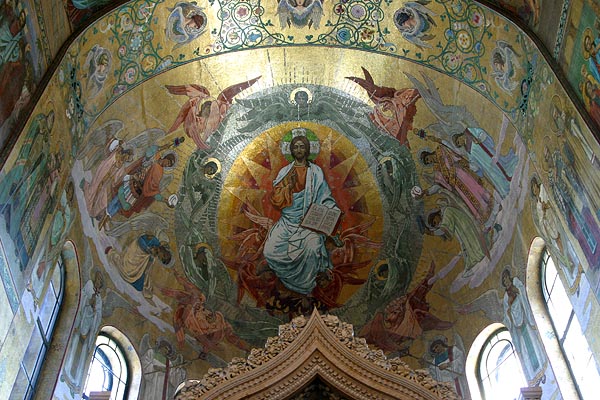 Revival Church on Spilled Blood, St. Petersburg2004-05 (C) Seiji Yoshimoto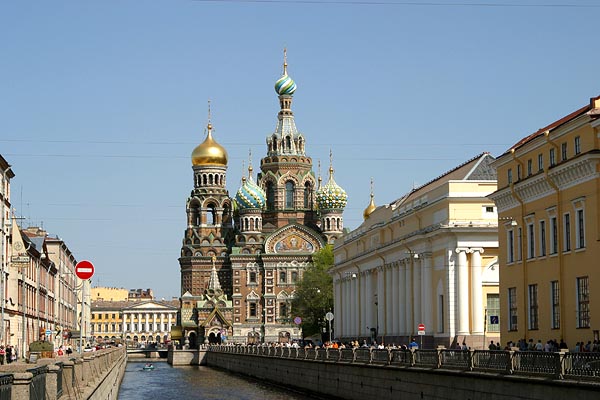 Revival Church on Spilled Blood, St. Petersburg2004-05 (C) Seiji Yoshimoto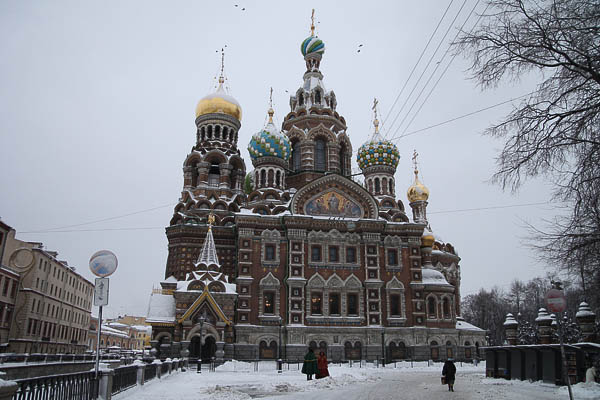 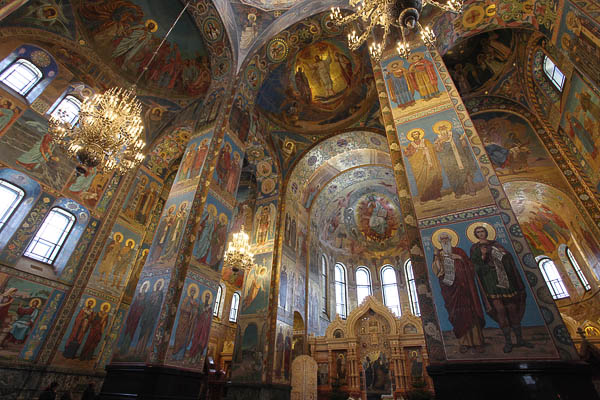 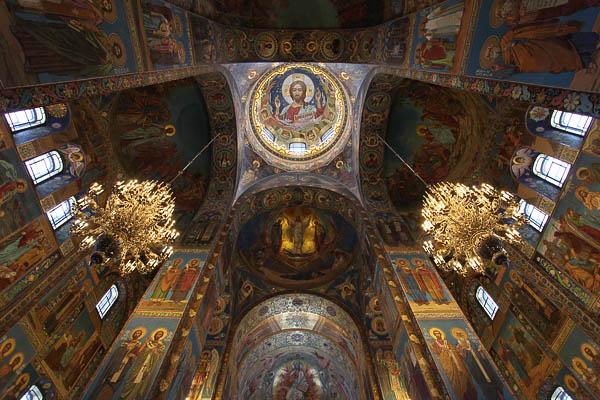 Revival Church on Spilled Blood, St. Petersburg2011-01 (C) Seiji YoshimotoRevival Church on Spilled Blood, St. Petersburg2011-01 (C) Seiji YoshimotoRevival Church on Spilled Blood, St. Petersburg2011-01 (C) Seiji YoshimotoRevival Church on Spilled Blood, St. Petersburg2004-05 (C) Seiji Yoshimoto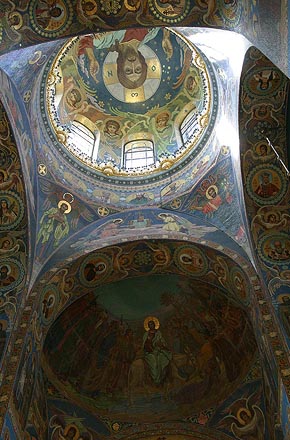 |
The Cathedral of Our Savior "on the Blood" (the church of Resurrection) was constructed in 1883-1907 at the Griboyedov Canal (former Yekaterininsky Canal) Embankment, at the very place where Ignaty Grinevitsky, a member of the Narodnaya Volya party, mortally wounded Emperor Alexander II on March 1, 1881. |
|||||||||||||||||||||||||||||
Cathedral of St. Peter and St. Paul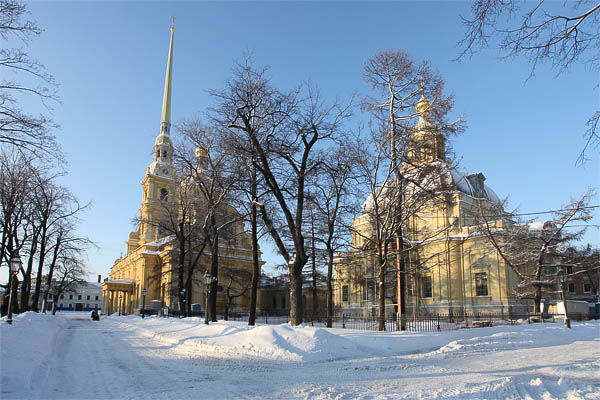 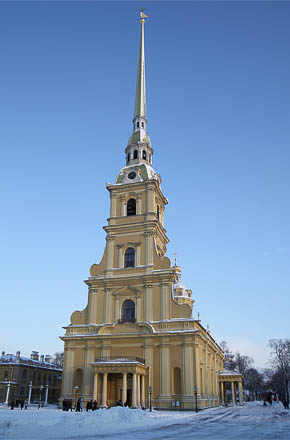 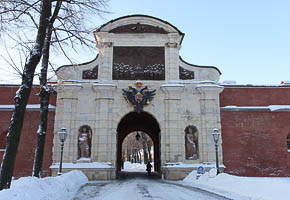 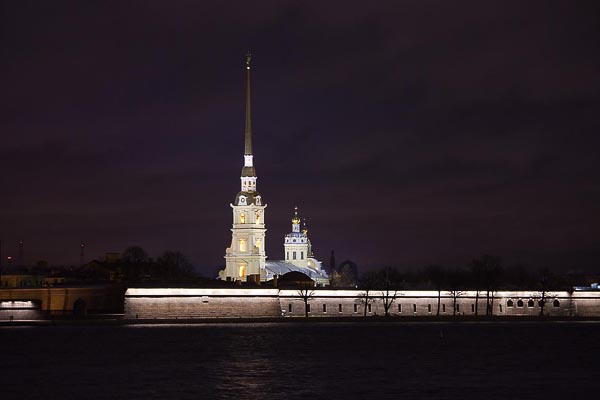 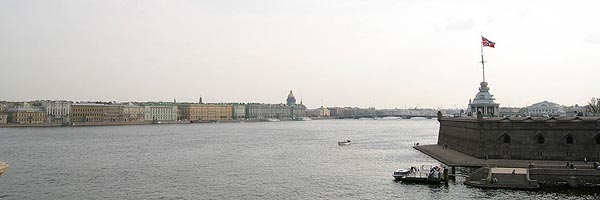 Peter and Paul Fortless, St. Petersburg2009-11 (C) Seiji YoshimotoCathedral of St. Peter and St. Paul, St. Petersburg2011-01 (C) Seiji YoshimotoCathedral of St. Peter and St. Paul, St. Petersburg2011-01 (C) Seiji YoshimotoPeter and Paul Fortless, St. Petersburg2004-05 (C) Seiji Yoshimoto |
Peter and Paul Fortress is the historical center of St. Petersburg . The construction of the Peter and Paul Fortress was closely connected with the Northern War against Sweden aimed at liberation of the Russian lands located along the banks of the Neva and along the shores of the Baltic Sea.
|
|||||||||||||||||||||||||||||
|
Located in St. Petersburg which was the capital of Russia at that time, St. Isaac's was the principal Cathedral of Czarist Russia until the revolutionary events of 1917. |
||||||||||||||||||||||||||||||
|
The architectural ensemble of Smolny Convent is one of the best St. Petersburg's architectural ensembles designed in the style of Russian Baroque. The name of the convent dates back to the first years of the city's history. At that time, there was Smolny Dvor (the Tar Yard) – the place where they prepared tar for Admiralty ships. |
||||||||||||||||||||||||||||||
Mariinsky Theatre, St. Petersburg2011-01 (C) Seiji YoshimotoMariinsky Theatre, St. Petersburg2009-11 (C) Seiji Yoshimoto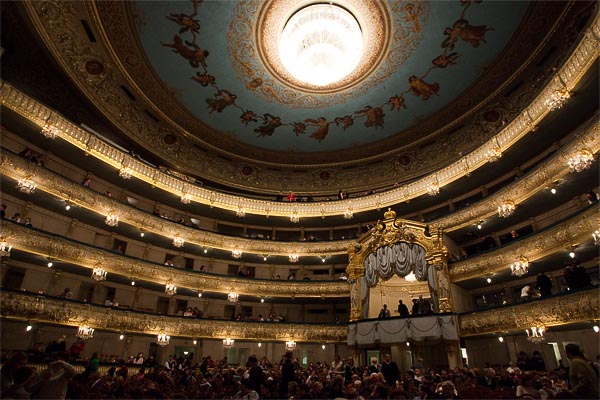 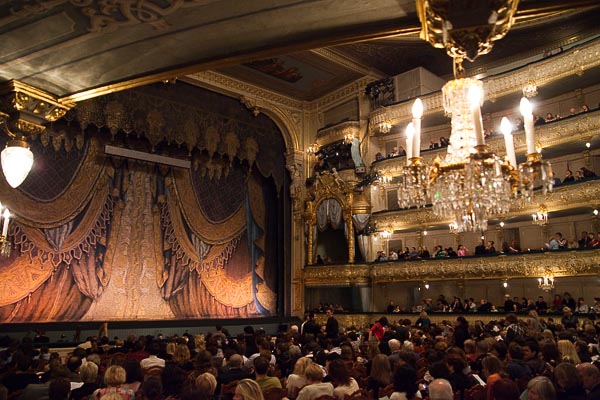 Mariinsky Theatre, St. Petersburg2009-11 (C) Seiji Yoshimoto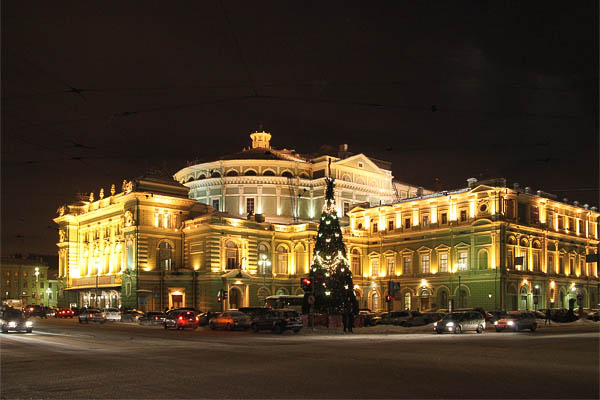 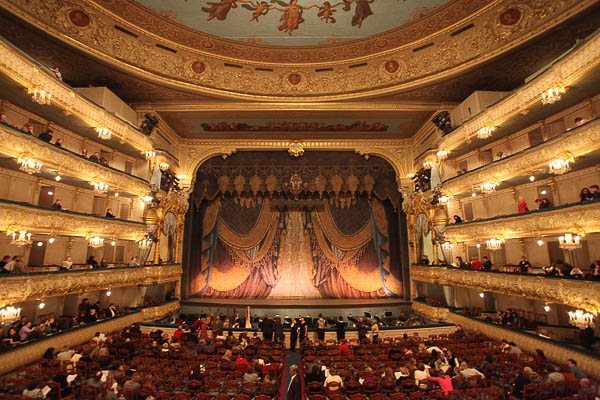 Mariinsky Theatre, St. Petersburg2009-11 (C) Seiji Yoshimoto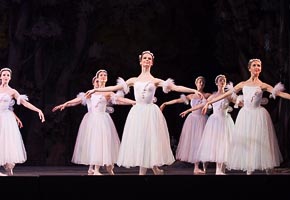 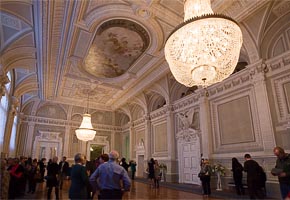 Mariinsky Theatre, St. Petersburg2009-11 (C) Seiji Yoshimoto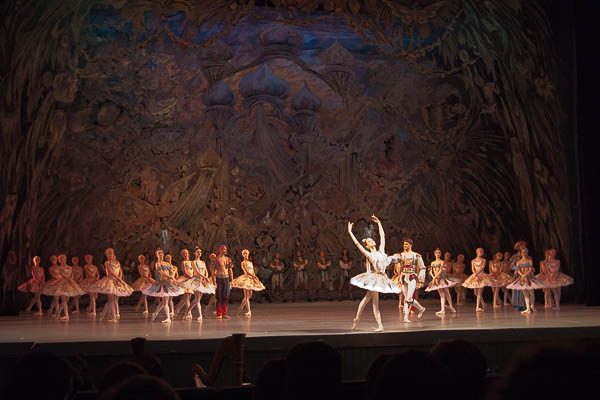 Mariinsky Theatre, St. Petersburg2011-01 (C) Seiji Yoshimoto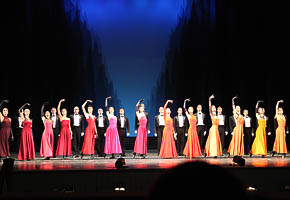 Mariinsky Theatre, St. Petersburg2011-01 (C) Seiji Yoshimoto |
The Mariinsky Theatre is a historic theatre of opera and ballet in Saint Petersburg, Russia. Opened in 19th century, where many of the stage masterpieces of Tchaikovsky, Mussorgsky, and Rimsky-Korsakov received their premieres. The theatre is named after Empress Maria Alexandrovna, wife of Tsar Alexander II. |
|||||||||||||||||||||||||||||
|
The Catherine Palace was the Rococo summer residence of the Russian tsars, located in the town of Tsarskoye Selo (Pushkin), 25 km south-east of St. Petersburg, Russia. The Palace is named after Catherine I, the wife of Peter the Great, who ruled Russia for two years after her husband's death. |
||||||||||||||||||||||||||||||
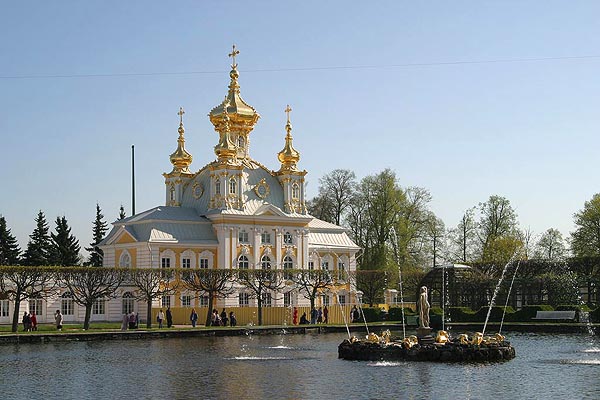 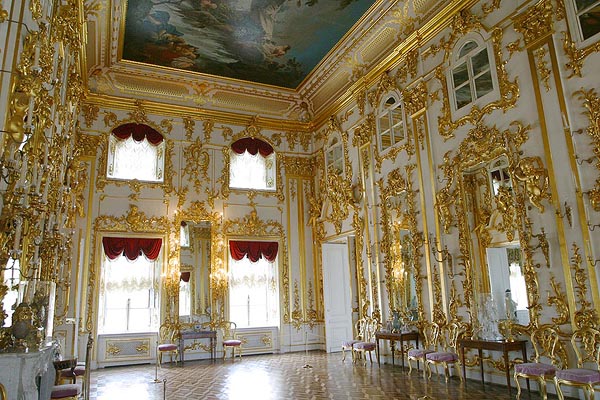 Summer Palace, Petrodvorets2004-05 (C) Seiji YoshimotoSummer Palace, Petrodvorets2004-05 (C) Seiji YoshimotoSummer Palace, Petrodvorets2004-05 (C) Seiji YoshimotoSummer Palace, Petrodvorets2004-05 (C) Seiji Yoshimoto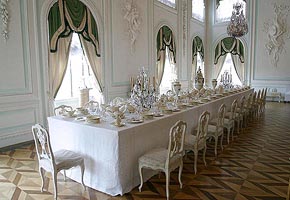 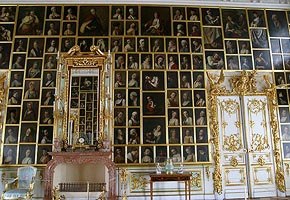 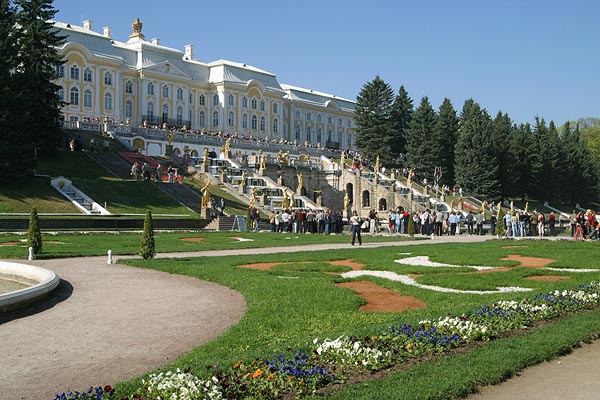 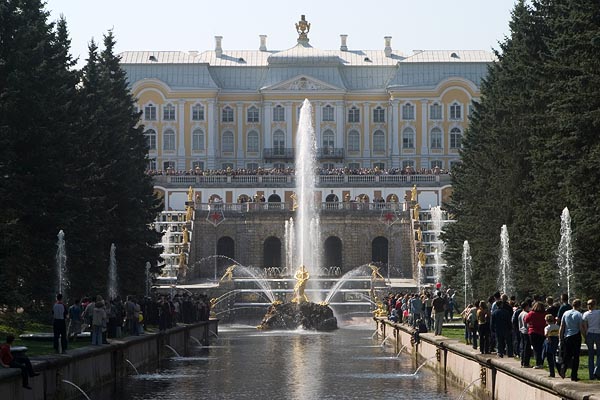 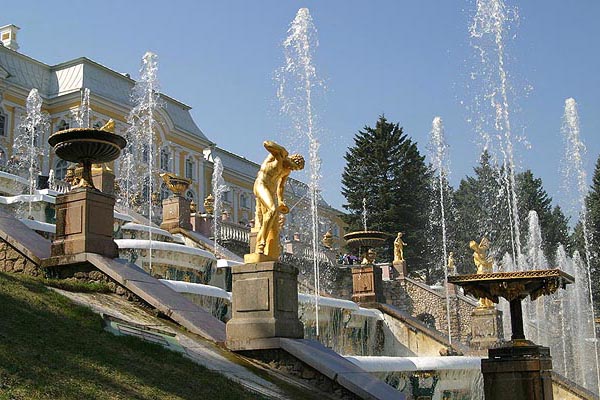 Summer Palace, Petrodvorets2004-05 (C) Seiji YoshimotoSummer Palace, Petrodvorets2004-05 (C) Seiji YoshimotoSummer Palace, Petrodvorets2004-05 (C) Seiji YoshimotoSummer Palace, Petrodvorets2004-05 (C) Seiji Yoshimoto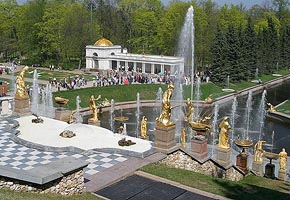 |
|
|||||||||||||||||||||||||||||
This is an experimental page being prepared for NPO InterCoS to introduce St. Petersburg.Photos are taken by using Canon EOS-5Dmk2, -5D, -20D. Copyright Seiji Yoshimoto 2012 |
||||||||||||||||||||||||||||||

